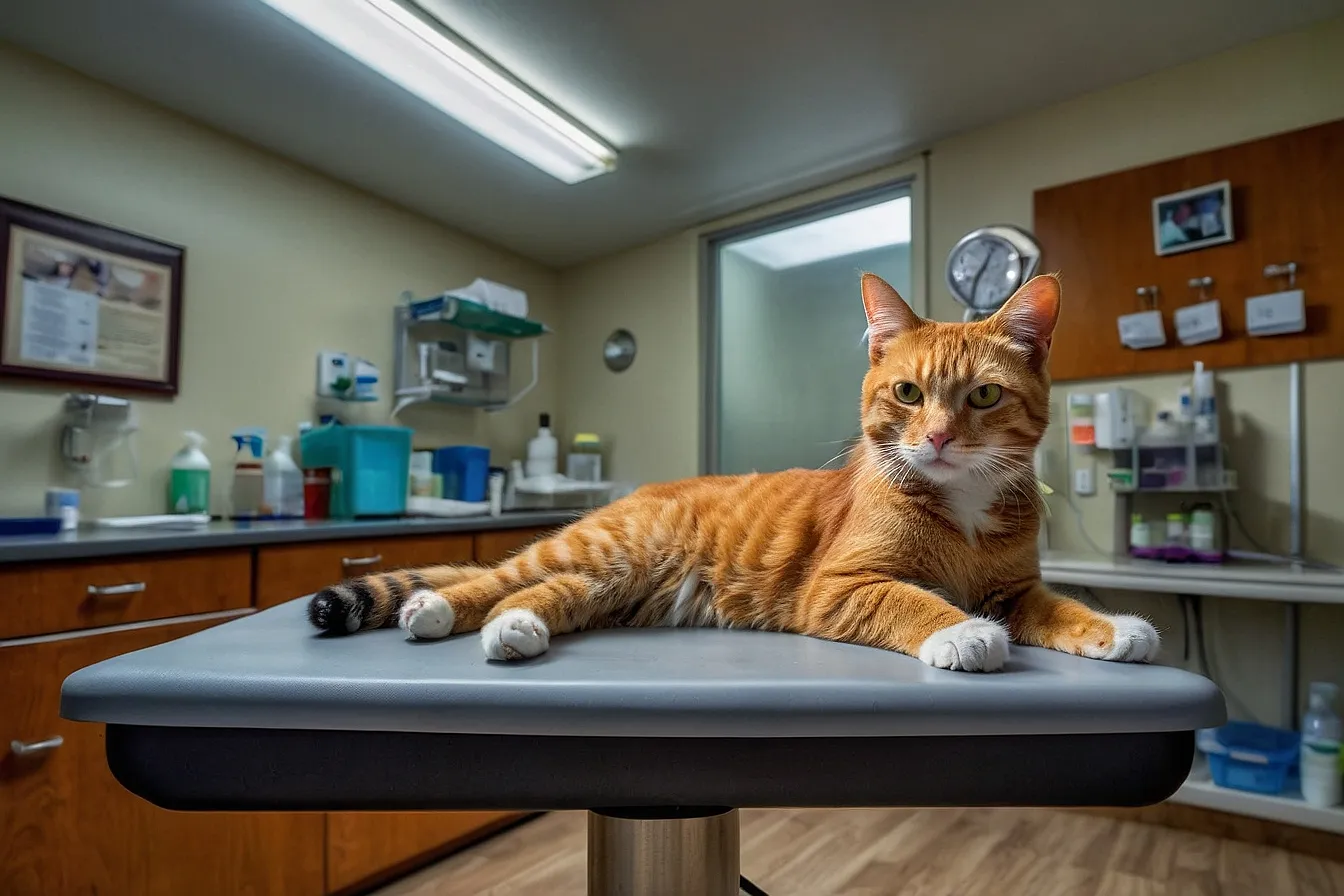
How to Recognize When Your Cat is Experiencing Pain: 8 Key Indicators
Cats are known for their stoic nature and often do not show clear signs of pain or discomfort.
As cat owners, it's crucial to recognize the subtle signs that indicate a cat may be suffering. Understanding these signs can help ensure timely medical intervention and improve your cat’s quality of life. Here’s an in-depth look at the eight key indicators of pain in cats.
1. Changes in Daily Habits
Cats in pain might show changes in their daily routines. Look for alterations in their sleeping patterns, decreased interest in playing, or a sudden difficulty in jumping up to their favorite spots. Such behavioral changes often suggest discomfort.
2. Altered Grooming Behavior
A decrease or increase in grooming can be a sign of pain. Cats that groom less may be experiencing joint pain or feeling unwell, while those that groom excessively may be trying to soothe a particular area of their body.
3. Vocalization Changes
Increased vocalization or changes in the tone of meows can be significant. A cat in pain might meow more loudly, more often, or in a higher pitch as a call for help or to express discomfort.
4. Changes in Feeding Behavior
Pain can lead to changes in eating habits. If your cat is suddenly less interested in food or stops eating altogether, it could be due to mouth pain, gastrointestinal issues, or other health problems.
Check out my book 👉👉 Everything you wanted to know about Cats!
5. Altered Litter Box Habits
Watch for changes in litter box behavior. Difficulty in climbing into or squatting within the litter box can be associated with joint pain or discomfort. Additionally, changes in the frequency or consistency of elimination should be monitored closely.
6. Aggression or Withdrawal
A cat in pain may become either more aggressive or withdraw from social interaction. Notice if your cat suddenly starts to hiss, swipe, or bite, or if it hides more often than usual.
7. Changes in Posture or Mobility
A hunched posture or reluctance to move can indicate pain, particularly in older cats. This might manifest as stiffness, limping, or an unusual gait.
8. Facial Expression Changes
Cats may show pain through their facial expressions. Squinted eyes, flattened ears, and changes in the shape of the face can all be indications of discomfort.
Conclusion
Observing your cat closely and noting any unusual changes can be vital in detecting and managing pain effectively. Always consult with a veterinarian if you suspect your cat is in pain, as early intervention can prevent further complications.
Regular check-ups, maintaining a comfortable environment, and being attentive to your cat’s needs are essential in ensuring their well-being and happiness. Detecting pain early and accurately can make a significant difference in the management and outcome of your cat's health. {alertInfo}
🐈🐈⬛🐾🐾
Check out my book 👉👉 Everything you wanted to know about Cats!
#cat #cats #catsrule #catlife #catsarelife #catsarefamily #catlovers #catlady
Disclaimer: This article provides general information and is not intended as a substitute for professional veterinary advice, diagnosis, or treatment. Always seek the advice of your veterinarian or other qualified health provider with any questions you may have regarding a medical condition.
Never disregard professional medical advice or delay in seeking it because of something you have read on this website.
